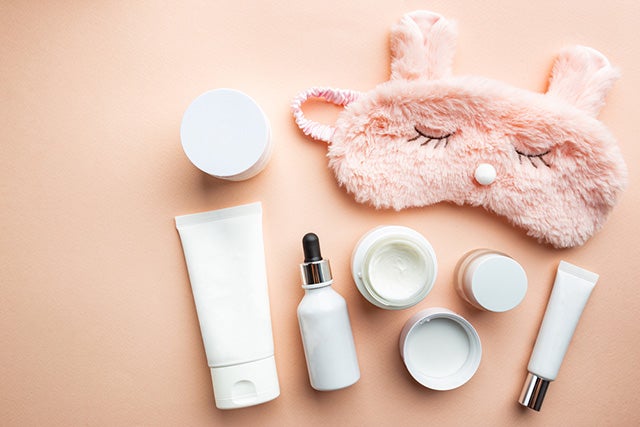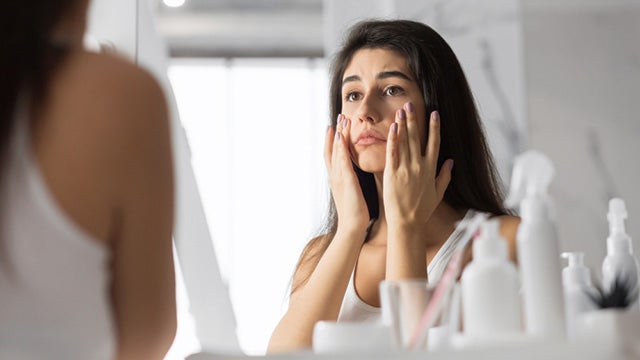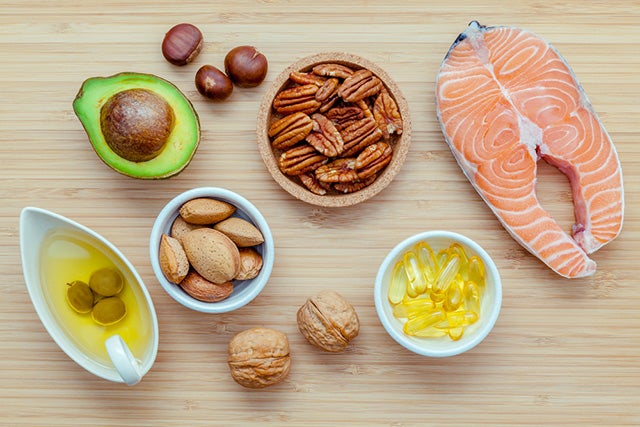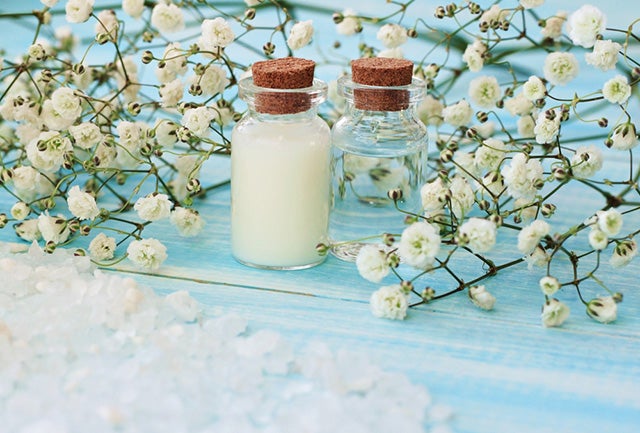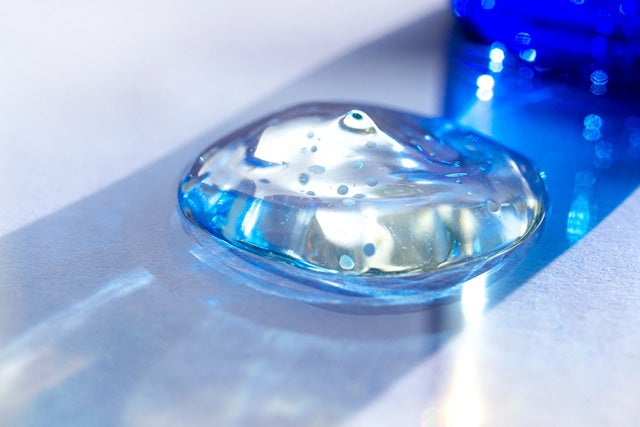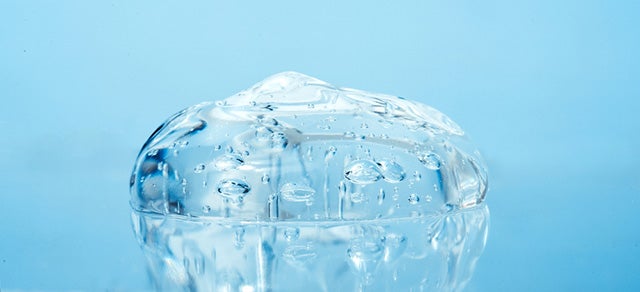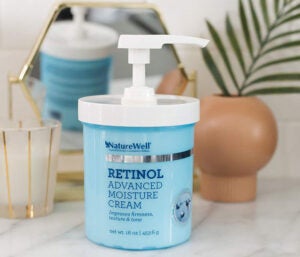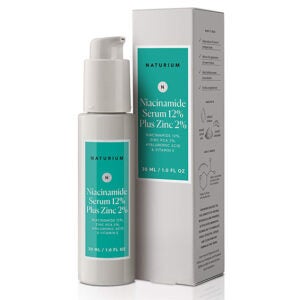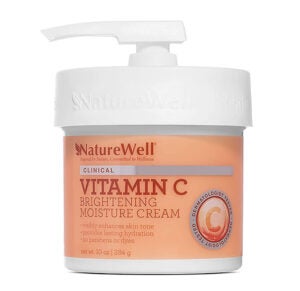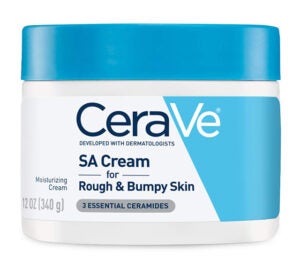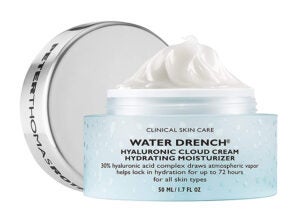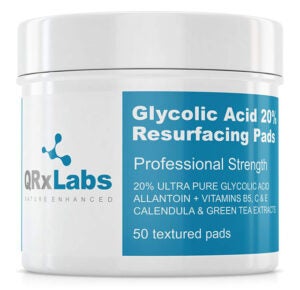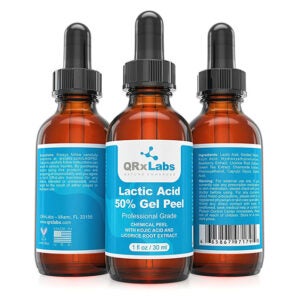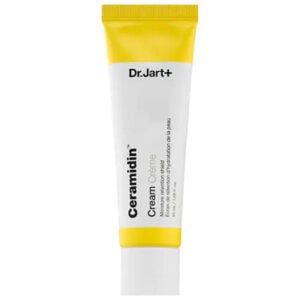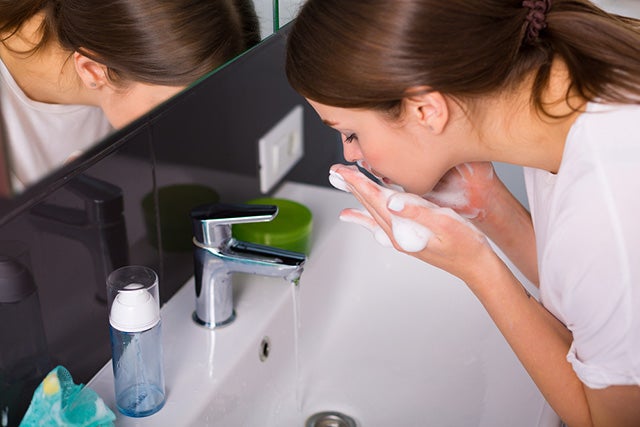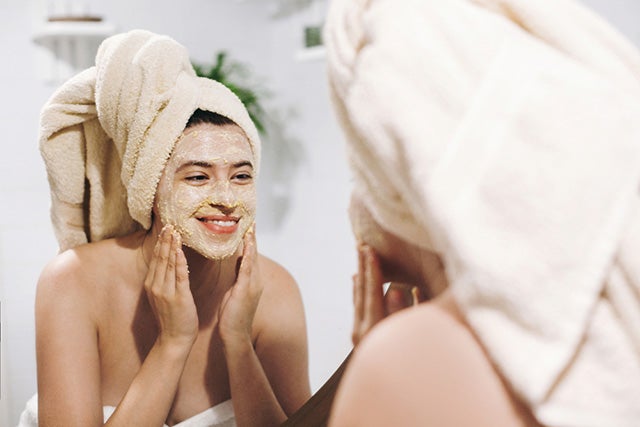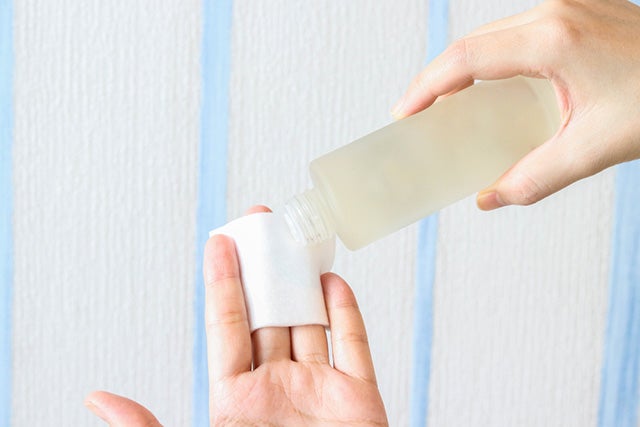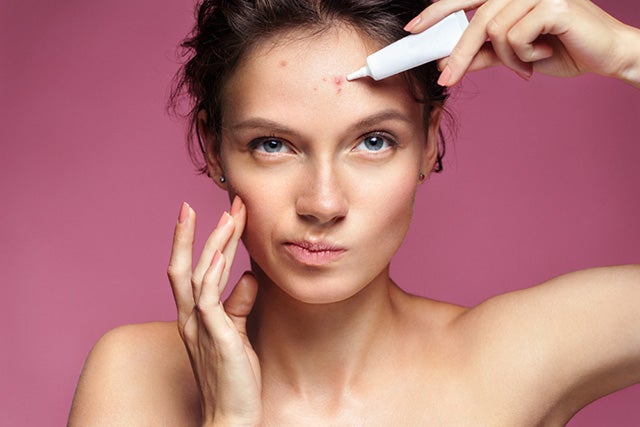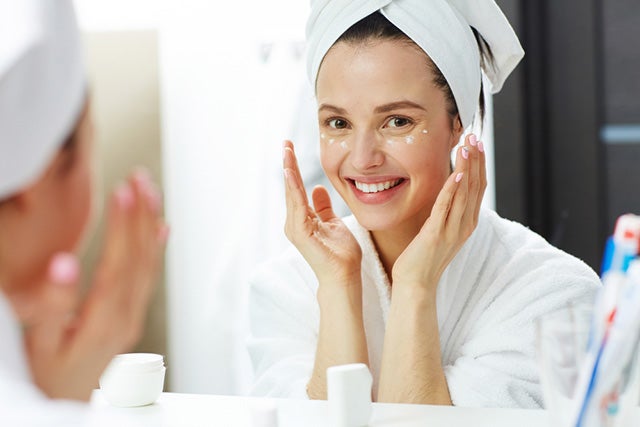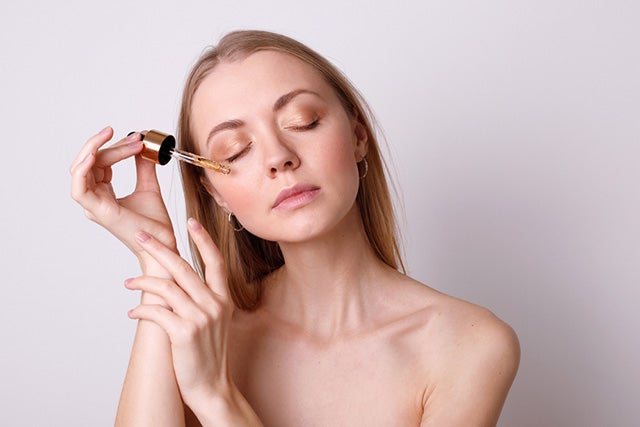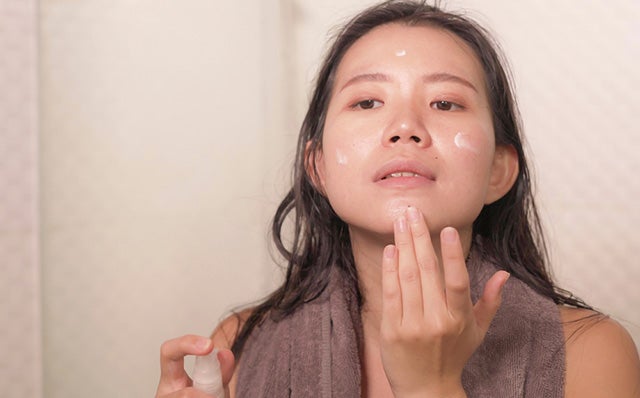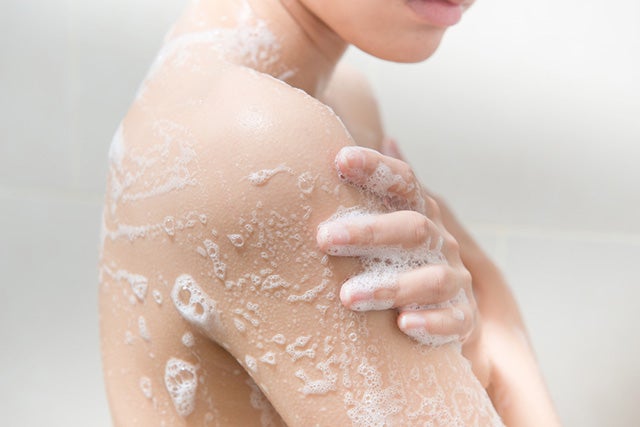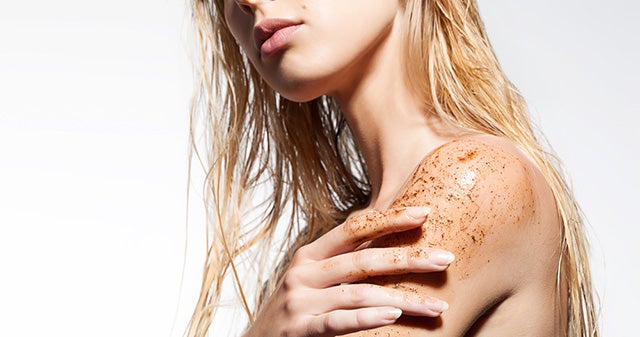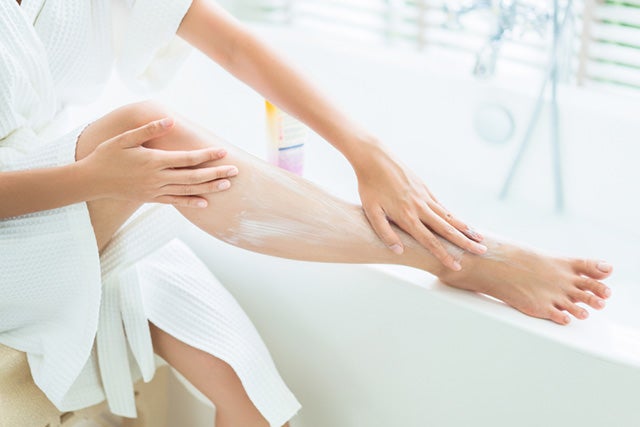A nighttime skincare routine is an important part of keeping a healthy practice for clearer skin, hydration of delicate skins, and a means to heal, soothe, and combat signs of aging. It also isn’t just specific to your face, neck, and chest, but can be applied to your entire body to fend off dryness or certain skin conditions.
Take a look at what steps we prefer to take each night for a whole body care routine, as well as what focus is best to create a healthier approach to your own aging concerns. After all, it is never too early to help combat wrinkles and environmental damage.
Why a Nighttime Routine is Good For Your Skin
When you sleep each night, your body enters a state of overall mental and physical healing that you can provide a boost to when you use some tried and true techniques. Just like a good bedtime routine helps influence a deeper, more restful sleep, the same idea can help influence healthier skin and overall body image.
Practicing good hygiene habits before bed is generally a given, but take the extra step to care for your skin through the addition of specialized cleaners, toners, and most importantly – moisturizers. This practice can help reduce skin bacteria, alleviate skin conditions, help repair environmental damage, and combat skin aging.
You may want to check out: Best Night Cream
Whole Body Nighttime Skin Care Ingredients
When people think about a nighttime regimen for skin, they almost always assume it should focus on those more delicate skin areas – such as the face, neck, and chest. But why would you neglect the rest of your body?
The answer is, you don’t, and having an effective nighttime regime for the rest of your skin is just as important as addressing more concerning areas. Even though this is often glossed over, you definitely want to pay close attention to what skincare ingredients you use. Nothing is wrong with your favorite smelling lotions, but make sure you also are nourishing your skin. Watch for these ingredients in particular for all over skincare:
— Essential Fatty Acids
Essential fatty acids are also known as healthy fats that fuel healthy skin biological processes. This occurs two different ways, through what you eat, as well as what you apply to the surface of your skin. They also lock in moisture. Look for the following labels to ensure you are taking advantage of these essential ingredients: Omega-3, shea butter, olive oil, avocado oil, and almond oil.
— Glycols, Glycerin, and Polyols
All three of these ingredients are humectants, and are usually found under the label propylene glycol and butylene glycol. These work to help draw in outside moistures to the skin and bind, or lock in moisture to help keep it from evaporating. They are particularly useful when combined with moisture-rich ingredients, such as fatty acids.
— Ceramides
Ceramides are located in the membranes of skin cells and work to prevent moisture loss. These lipids maintain the protective skin barrier and actively prevent moisture loss; working as a “sealant” for skin hydration and health. They are particularly useful for anyone who suffers from skin conditions such as eczema and psoriasis.
— Hyaluronic Acid
Hyaluronic acid is an amazing ingredient that absorbs close to 1000 times it’s own weight in water to provide effectively, and fast hydration to your skin. It works to improve and protect collagen and elastin for a more youthful, supple, and protected skin surface. Non-oily, it is a perfect solution for even the most sensitive of skins.
— Sodium PCA
Sodium PCA is a naturally occurring humectant found in the proteins of human skin. It also helps bind hydration to the cellular structure through moisture-absorbing properties. It works well in a wide variety of body products, including skin moisturizers and hair care.
Face and Neck Nighttime Skin Care Ingredients
Now that we have drawn attention to whole-body care, let’s focus more on those delicate areas that need your attention. Some of the above ingredients may be too “heavy” or oily for your face, neck, and chest. These areas are more exposed to the environment and are thus more likely to suffer from environmental damage. Moisture is also more quickly lost, resulting in sagging skin and wrinkles. Your facial pores are also generally larger as well, creating what we term “skin types” such as oily, dry, and combination skin. You need to choose ingredients that help combat these issues while healing and supporting your skin.
— Retinoids
Retinol may be the most common anti-aging and skin protectant ingredient in use. Retinoids are a form of Vitamin A and work to speed up your natural cellular turnover, helping to bring new, healthy skin cells to the surface. This works to combat fine lines and wrinkles, skin discolorations, and acne. It may also work to speed up and support the production of collagen. Just be aware it might cause skin irritation when first used, and it is suggested to use it in conjunction with hydrating ingredients to help combat this and soothe skin.
— Niaminicide
A form of Vitamin B3, niaminicides fight free radical damage and work to brighten skin, manage acne, reduce redness, and reduce dark spots. It is not considered a harsh option and is well accepted by many with sensitive skin as it protects the skin barrier as well.
— Vitamin C
Probably the most active skincare ingredient out there, vitamin C is a powerful antioxidant for your skin as well as body, and both counteracts and protects against free radicals and other environmental skin stressors. It also works to brighten dark spots with consistent use and brightens skin tone to help improve cellular turnover.
— Salicylic Acid
Popular as an acne-fighting ingredient, it is a popular ingredient for those who have trouble-free skin as well. Highly exfoliating, it increases cellular turnover and combats signs of aging. Plus, it is oil-soluble, which means it gets deeper into the pores, helping to combat dirt and acne-causing bacterias while improving skin texture.
— Hyaluronic Acid
A powerful humectant, hyaluronic works to draw in moisture and seal it into your skin cells. As described above, it is a powerful ingredient and is popular for delicate skins as well as for use over the rest of your body.
— Glycolic Enzymes
As explained above, this humectant works for hydration and is a non-oily choice for all skin types. In acid form, it works as a peel and exfoliant in both toners and lotions. It works to combat signs of aging and hyperpigmentation.
— Lactic Acid
A gentle chemical exfoliant, lactic acid works well with sensitive skins to remove dirt and dead skin cells. It is usually combined with humectants and other stronger acids to help gentle their use and make them more effective without irritation.
— Ceramides
As explained above, ceramides are naturally occurring lipids and they work to hold in moisture. Some people are naturally lacking them, and the use in skin care products can help bring renewal to the skin to lock in moisture and help protect that skin barrier.
You might be interested: Best Sleeping Lotion
Routines to Consider
You might be wondering how to best use all these awesome ingredients in a manner that is best for your skin type. How you apply a routine before bed each night is a very personal choice, and it may take some trials and errors before you find the perfect solution for a healthier you. However, we have a few suggestions that can help guide you in your decisions.
— For Delicate Skin Areas
Follow this routine, or something similar, each evening before bed to help clean your skin of all impurities and seal in moisture for a healing, healthy feeling skin the next morning. Since your body is already in a state of cellular regeneration, rest, and haling, you might as well give it a boost!
Step 1: Makeup Remover
If you wear makeup of any kind, invest in a good makeup remover to help break down the oils and ingredients that even the best cleansers cannot remove. These are specially formulated to take off even water-resistant makeups and work to get the residue out of your pores.
Step 2: Cleanser
Use a cleanser formulated for your skin type to help wash off the makeup remover and any leftover loosened makeup residue. Use warm water to keep pores open and work the cleaner in a circular motion. Look for ingredients that include chemical exfoliation, such as salicylic acid and gently textured materials to get deep into your pores.
Step 3: Exfoliator or Mask 2 or 3 Times a Week
Depending on your skin type, consider a good exfoliator or mask to help draw out impurities, combat redness or dryness, and give a deeper clean than when you might get from a daily routine. Because these are more aggressive approaches, they are not something you want to do daily to avoid aggravating your skin. Look for ingredients that are specific to your needs.
Step 4: Toner
Toners work to remove left-behind impurities, open pores for further treatments, and may even provide gentle exfoliation for cellular turnover. Many also include a Vitamin C or other antioxidant to treat discoloration and to focus on healing.
Step 5: Topical Acne Treatments
If you use a topical acne treatment, now is the time to apply! Your skin is clean and refreshed, and your pores are open to help get the treatment deeper into your skin to remove bacterias that may still linger.
Step 6: Eye Cream
The uber delicate skin around your eyes deserves attention and providing treatment when you sleep each night is the perfect opportunity to do so. Antioxidants, Vitamin E, and hydration-related ingredients help combat fine lines and wrinkles, puffiness, and dark circles. Be sure to tap, not rub these treatments in!
Step 7: Serums
Serum use is the most effective step in combating specific issues you may be having related to aging, dryness, discoloration, and acne. Serums are non-oily and designed to penetrate deeper into your skin to provide lightweight use that is incredibly effective. Look for ingredients that help lock in moisture and target your needs to help repair skin while you sleep.
Step 8: Moisturizer
To lock your treatments in and provide a protective barrier, use a hydrating moisturizer with skin-friendly ingredients to make your serums even more effective. Don’t hesitate to double up on the ingredients either as you can use different treatments with the same ingredients.
— For Whole Body
This routine is best for anyone who showers each night but can be applied to morning showerers as well. If you shower each morning instead of at night, you can skip stepping 3, focusing on traditionally dry areas of the body, such as elbows and knees.
Step 1: All Over Body Cleanser AFTER Shampooing and Conditioning
Be sure to use an all-over body cleaner that is marked for such use. Many people use a gel or wash that isn’t designed to help break down body oils and remove bacteria and grime. It is important to clean your skin thoroughly. If you worry about dryness, look for ingredients that work to help hydrate and clean. Both liquid and bar options exist for this.
Be sure to do this after you wash and condition your hair. The ingredients in shampoo and conditioner can work to block pores and carry the oils and dirt from your hair over your body when you rinse.
Step 2: All Over Body Exfoliant
After cleaning, use an exfoliant to help loosen dead skin and open your pores further. This could be a daily routine or done a few times a week depending on your preference and skin type. Many body exfoliators are fairly gentle and are designed for daily use. Look for ingredients that offer deep pore cleaning and antioxidants.
Step 3: After Drying Off, Apply Body Lotion
We all love to smell great, but your body lotion ingredients need to be healthy for your skin as well. Avoid synthetic ingredients and lather up while your body is dry, but still, damp to help lock in moisture and take advantage of your skin’s hydration. This is the best time to take advantage of fatty acids such as shea butter for a nourishing effect. Antioxidants are also often a popular ingredient to help bring a healthy glow to your skin and even out texture and free radical damage.
You may want to read: Should I Moisturize Before Bed?
Conclusion
If you weren’t sure what to look for in a nighttime skincare routine, these ingredients and the suggested step-by-step guide are a great place to get started on your hunt for the perfect regimen. Be sure to have a good understanding of your skin type to ensure you get the ingredient that will work best with your skin needs.
Photo credit: Goskova Tatiana/Shutterstock; Kerdkanno/Shutterstock;
Anna Ok/Shutterstock; Prostock-studio/Shutterstock;
JuliaDesigner/Shutterstock; IRA_EVVA/Shutterstock;
BLACKDAY/Shutterstock; Tinatin/Shutterstock;
Bogdan Sonjachnyj/Shutterstock; narissawan studio/Shutterstock;
RomarioIen/Shutterstock; Pressmaster/Shutterstock;
Kateryna Artsybasheva/Shutterstock; TheVisualsYouNeed/Shutterstock;
YasnaTen/Shutterstock; Sahacha Nilkumhang/Shutterstock;
TORWAISTUDIO/Shutterstock; popcorner/Shutterstock
